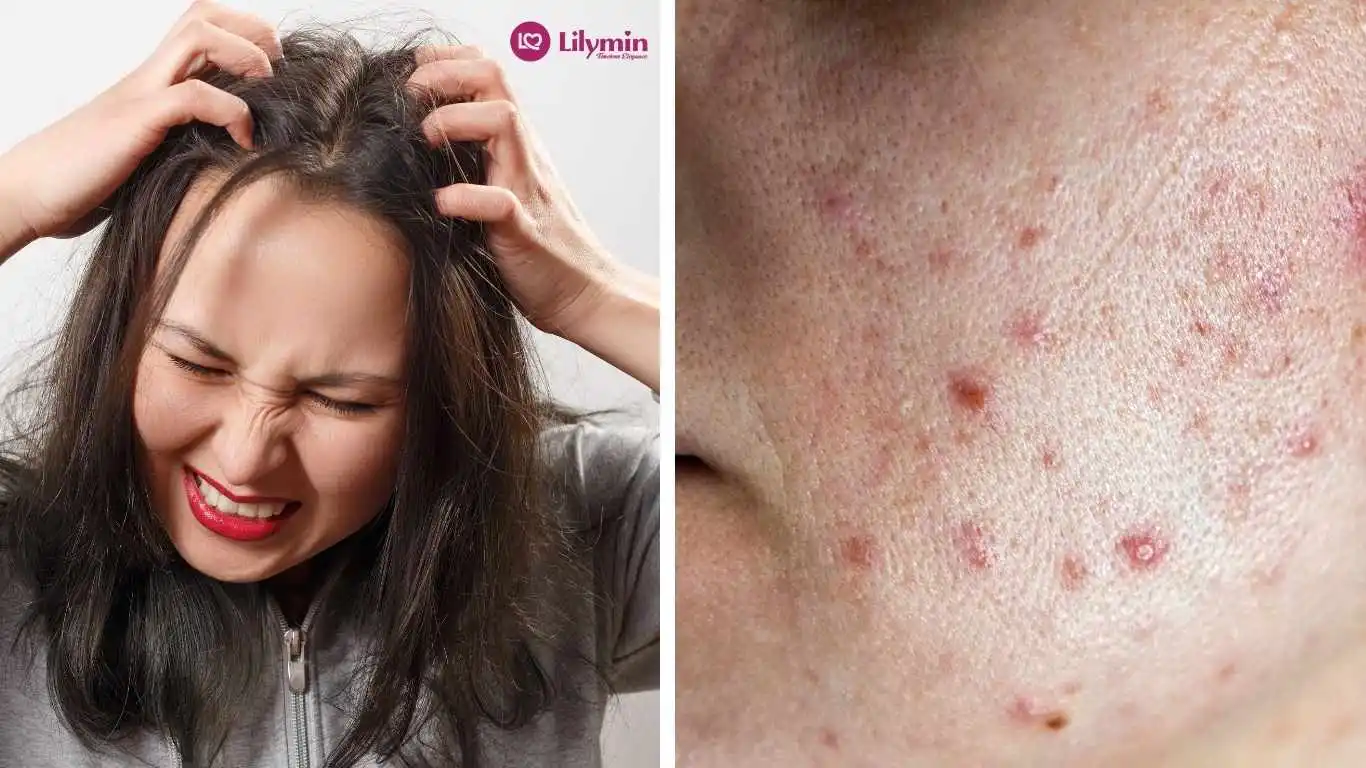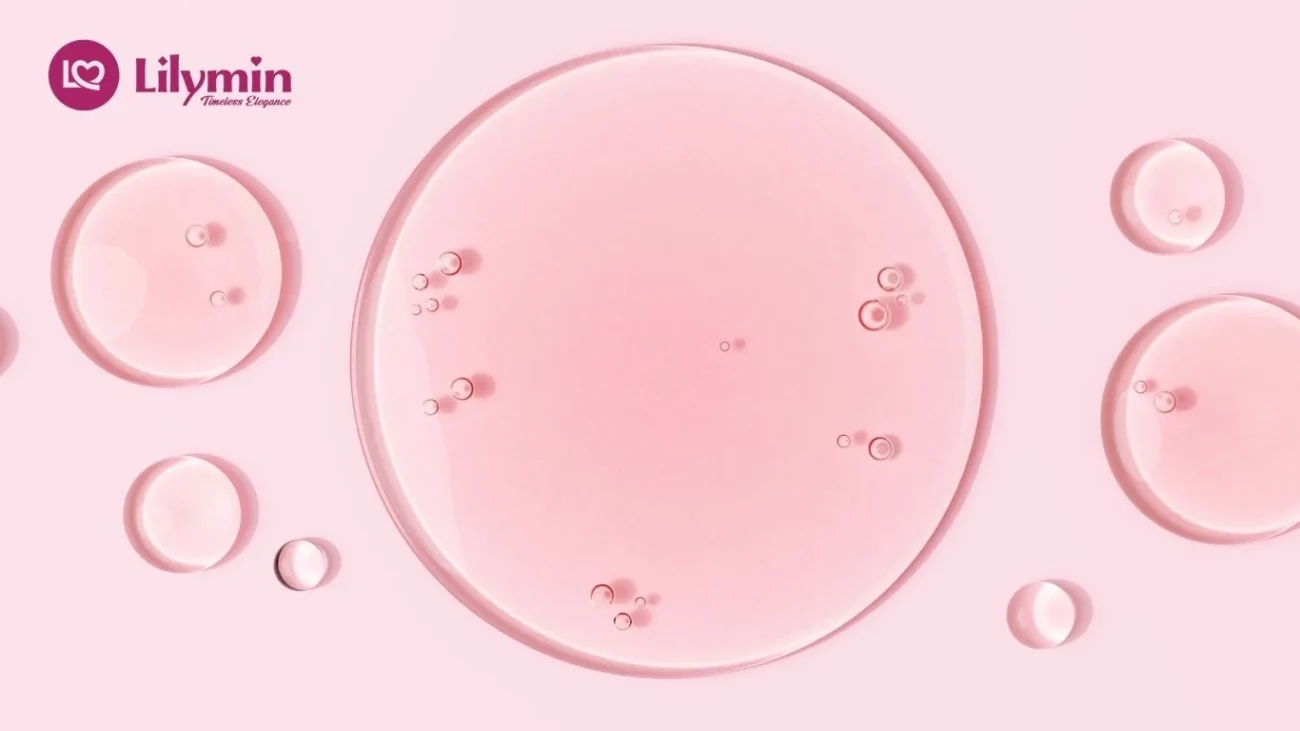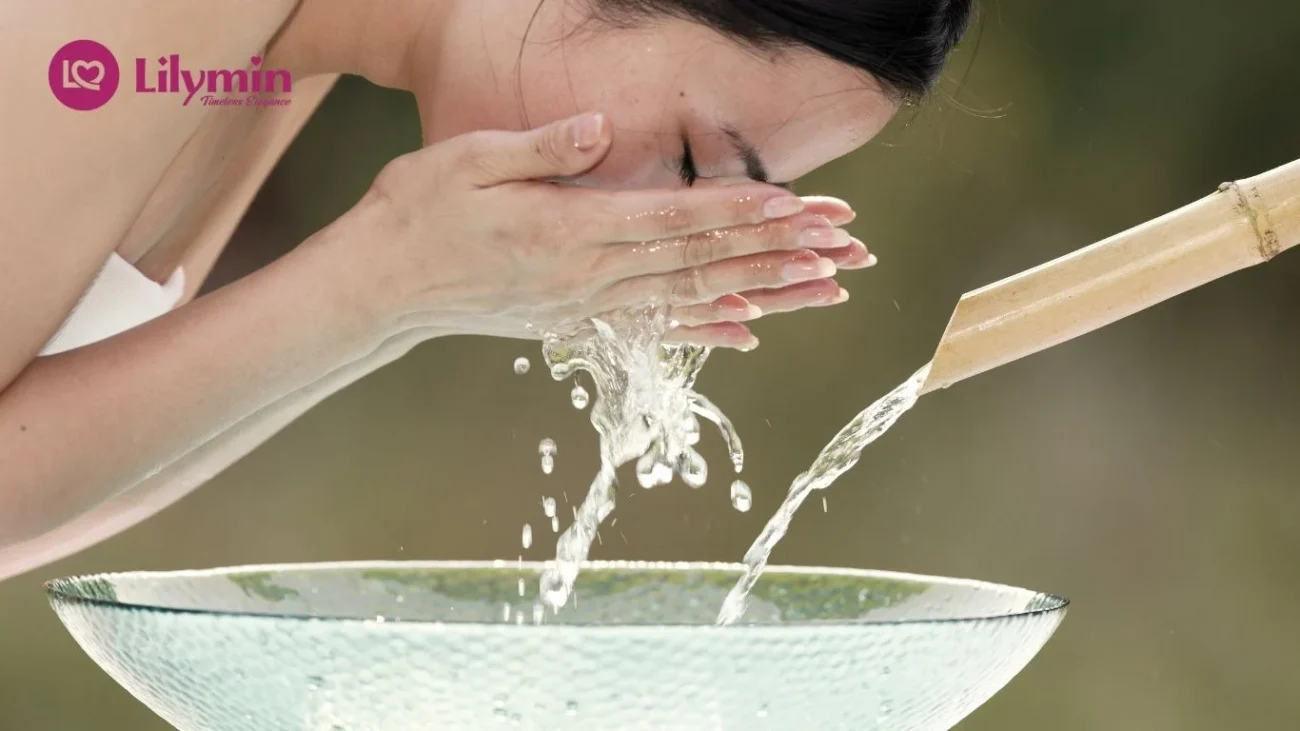Effects of Bad Scalp on Our Face: What You Need to Know

When it comes to skincare, most people focus on the face, often overlooking a crucial factor that directly impacts it: the scalp. Yes, the health of your scalp can dramatically influence the appearance and condition of your facial skin. From unwanted breakouts to premature ageing, the effects of bad scalp on our face are real and often underestimated.
In today’s fast-paced world, where pollution and stress take a toll on both skin and hair, paying attention to your scalp is more important than ever.
A bad scalp can manifest in many ways excess oiliness, flaking, inflammation, or microbial imbalance. These conditions don’t just stay on your head; they often cascade down to your forehead, cheeks, and jawline. The proximity between the scalp and the face makes it easy for scalp issues to travel via oil glands and lymphatic pathways. That means your recurring acne or dry patches might not originate from your skincare routine but from what’s happening above your hairline.
In this comprehensive article, we will explore the various effects of bad scalp on our face, and how to break the cycle for clear, radiant skin. Let’s decode the connection, backed by science, and offer practical solutions you can start today.
1. Acne Breakouts and Inflammation
One of the most common effects of bad scalp on our face is acne. When the scalp is clogged with dead skin cells, excess oil, and product build-up, it creates the perfect breeding ground for bacteria. These bacteria can migrate down to the forehead and hairline, causing inflammation and breakouts. Moreover, scratching an itchy scalp spreads microbes and dirt to your face, worsening the condition.
The oil glands on the scalp and face are connected. So, if the scalp is overproducing sebum, it increases the likelihood of clogged facial pores. This situation is especially common for people with oily or combination skin. Regular exfoliation and anti-bacterial scalp care can reduce the effects of bad scalp on our face significantly.
2. Premature Ageing and Fine Lines
The effects of bad scalp on our face aren’t just limited to acne; they can also accelerate signs of ageing. An inflamed or unhealthy scalp can reduce blood flow and oxygen to the face, leading to dullness, fine lines, and even sagging skin over time. Blood circulation plays a crucial role in skin elasticity, and a compromised scalp can negatively influence this.
Scalp tension, another side effect of poor scalp care, can cause facial muscles to tighten or sag unnaturally. This structural imbalance often reflects in visible facial ageing. Investing in scalp massages and anti-inflammatory hair oils can reduce this risk and improve facial tone.
3. Excess Facial Oil and Shine
An oily scalp often means an oily face. When the scalp is imbalanced, sebaceous glands go into overdrive. The excess sebum doesn’t stop at the scalp; it flows downward, increasing oiliness on the forehead, temples, and sometimes even the cheeks.
The effects of bad scalp on our face can be controlled by regulating oil production at the root. Using clarifying shampoos and maintaining proper scalp hygiene helps balance sebum levels and reduces unwanted facial shine. For best results, pair scalp treatments with lightweight, non-comedogenic facial products.
4. Facial Skin Sensitivity and Allergies
Sensitive skin on the face can often be traced back to issues on the scalp. Harsh hair products with alcohol, artificial fragrances, or sulphates can irritate the scalp, and those irritants can easily spread to the face during hair washes or sweating.
The effects of bad scalp on our face, in this case, include redness, itching, or even allergic dermatitis. Choose hypoallergenic shampoos and avoid harsh styling products to prevent facial flare-ups. Also, rinse your scalp thoroughly to avoid residue that could trickle down to your skin.
5. Dull Complexion and Uneven Skin Tone
Blocked pores on the scalp hinder the skin’s natural detoxification process. As a result, toxins may accumulate and affect your facial appearance. A dull or uneven skin tone is one of the subtle effects of bad scalp on our face that many overlook.
Scalp exfoliation and detox treatments help clear blocked follicles and support overall skin brightness. Consistent care leads to not just better scalp health but also a noticeable glow on your face.
6. Puffy Eyes and Fluid Retention
The lymphatic system plays a key role in fluid regulation and detoxification. A congested or inflamed scalp can hinder lymph flow, leading to puffiness, especially around the eyes.
Lymph nodes around the scalp and neck can get overwhelmed due to inflammation, poor hygiene, or infections. One of the lesser-known effects of bad scalp on our face is increased water retention in the under-eye area. A good scalp massage routine can stimulate lymph drainage, improving both scalp and facial health.
7. Hairline Pimples and Forehead Irritation
Hairline acne is a direct result of clogged scalp pores and trapped sweat or hair product residue. This kind of breakout is common in people who use heavy gels, dry shampoos, or skip post-workout hair washing.
The effects of bad scalp on our face become visible when forehead irritation refuses to heal, even after using skincare. The key is to detox the scalp, especially along the hairline, using salicylic acid-based scalp treatments or natural herbal rinses.
8. Compromised Skin Barrier
Your face has a natural barrier that protects it from external pollutants. But if your scalp is frequently exposed to harsh chemicals, pollution, or UV rays without protection, it weakens this facial barrier too.
One of the structural effects of bad scalp on our face is a compromised lipid barrier, making your skin more prone to dryness, infections, and environmental damage. Protective hairstyles, scalp sunscreens, and barrier-repair face creams can help rebuild this line of defence.
9. Increased Blackheads and Whiteheads
Sebum overproduction on the scalp contributes to excess oil flow on the forehead, which can settle into pores and form blackheads or whiteheads. These are typically seen around the temples, eyebrows, and upper cheeks.
The effects of bad scalp on our face in this scenario can be mitigated by using scalp scrubs and hydrating, non-comedogenic facial products. Double cleansing your face, especially around the hairline, also helps.
10. Stress-Triggered Scalp Issues Reflecting on Face
Chronic stress causes both scalp issues like psoriasis and facial problems like breakouts or dullness. The hormonal imbalance leads to excess oil and reduced collagen production.
This mind-skin connection means one of the indirect effects of bad scalp on our face is stress-induced flare-ups. Managing stress with relaxation techniques and using adaptogenic scalp and face products can make a significant difference.
List: Common Scalp Issues That Impact Facial Skin
- Dandruff and flaking
- Excess sebum production
- Product build-up
- Scalp acne or folliculitis
- Allergic reactions to hair products
- Fungal infections
- Psoriasis or eczema
- Poor scalp hygiene
Table: Scalp Condition vs Facial Impact
| Scalp Condition | Facial Skin Impact |
|---|---|
| Oily scalp | Acne, shine, clogged pores |
| Dandruff | Itchy forehead, flaking |
| Product residue | Blackheads, breakouts |
| Allergic scalp reactions | Redness, sensitivity, rashes |
| Psoriasis on scalp | Inflammation, eye puffiness |
| Poor hygiene | Dullness, uneven tone |
| Fungal infections | Recurring forehead acne |
1. Can a bad scalp really cause acne on the face?
2. How do the effects of bad scalp on our face lead to premature ageing?
3. Why does an oily scalp make my face greasy too?
4. Can scalp conditions like dandruff trigger facial irritation?
5. How can I prevent the negative effects of bad scalp on our face?
Final Words
Healthy skin starts at the roots. The scalp is not an isolated part of your body; it is intricately linked to the face through lymphatic and oil gland systems. The effects of bad scalp on our face can be wide-ranging, from aesthetic concerns like acne and dullness to structural issues such as premature ageing and skin barrier damage.
To address these challenges, a dual care strategy works best. That means paying attention to your scalp with the same diligence you apply to your facial routine. Look for balanced, non-irritating hair products, maintain hygiene, and get regular scalp treatments or massages. Addressing the effects of bad scalp on our face requires consistency, observation, and holistic care.
Making scalp care a part of your daily beauty ritual can unlock a new level of radiance and skin health. So next time you reach for your moisturiser, remember your scalp might need just as much attention. Because when the scalp thrives, the face glows.

 Face Wash
Face Wash Face Serum
Face Serum Face Scrub
Face Scrub Cream & Gel
Cream & Gel










